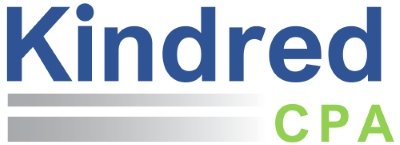To download a handy chart of 2023 dollar limits for employee benefit plans and various tax items, click on the link below: 2023 Dollar…
 If your small business is considering starting a new retirement plan in 2020, the recently-passed SECURE Act has good news for you!
If your small business is considering starting a new retirement plan in 2020, the recently-passed SECURE Act has good news for you!
Startup Tax Credit Leaps from $500 to $5,000
Effective for tax years beginning after December 31, 2019, small businesses that adopt a new qualified retirement plan, SIMPLE IRA plan, or SEP can now obtain an increased tax credit to offset qualified startup costs. “Qualified start up costs” are considered to be expenses incurred in establishing or administering the plan, including retirement-related education for employees.
The SECURE Act increased the credit from a maximum of $500 to $5,000. The credit is calculated by taking the lesser of a) $250 multiplied by the number of non-highly compensated employees of the employer who are eligible to participate in the plan or b) $5,000. The credit can be claimed for each of three years beginning with the year the plan is first effective (or if the employer elects, for the year preceding the first plan year).
What’s a small business?
For purposes of the credit, “small businesses” are defined as those with fewer than 100 employees who made more than $5,000 in the previous year (the same definition as employers eligible to install a SIMPLE plan).
But wait, there’s more!
In addition, the SECURE Act provides for a new “Small Employer Automatic Enrollment Credit” of up to $500 per year for new 401(k) and SIMPLE IRA plans that include automatic enrollment. The credit is in addition to the start up credit and is also available for three years. The credit is also available to employers who convert an existing plan to an automatic enrollment design.
In an automatic enrollment plan, employees are set up for salary deferrals at a specified rate (such as 3% of pay) at the time they become eligible for a plan. Often such plans also include an automatic escalation each year – increasing to 4% of pay in year 2, 5% of pay in year 3, etc., up to a specified maximum.
The purpose of the SECURE Act is to simplify the retirement system and to increase opportunities for individuals to save for retirement. An increasing number of states are also in the process of establishing state-mandated plans that encourage automatic enrollment for employees without an employer-sponsored plan.



